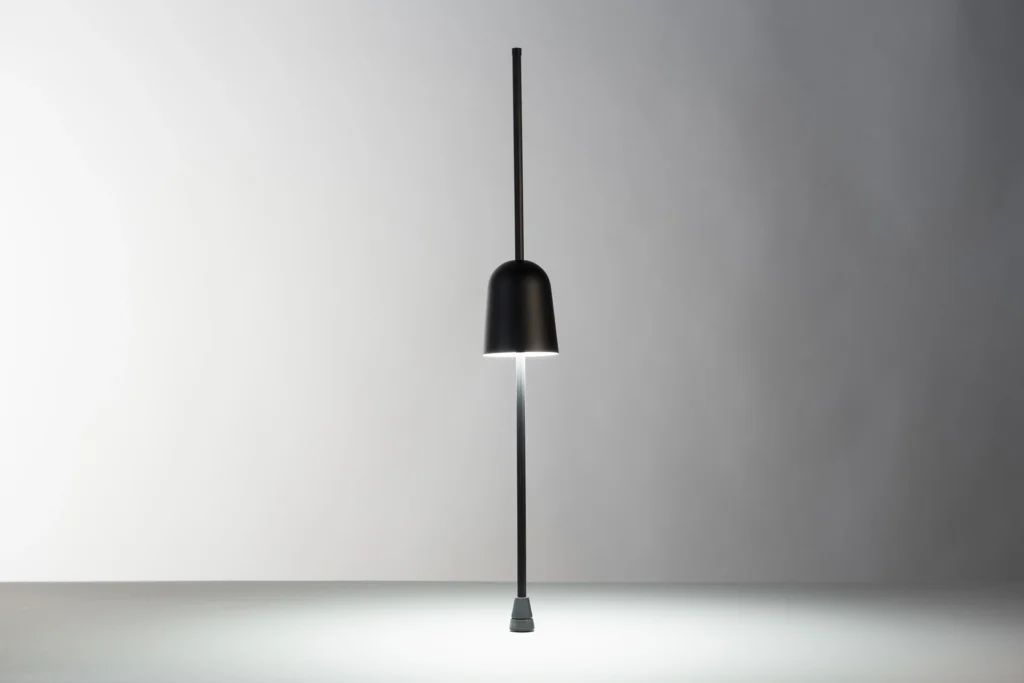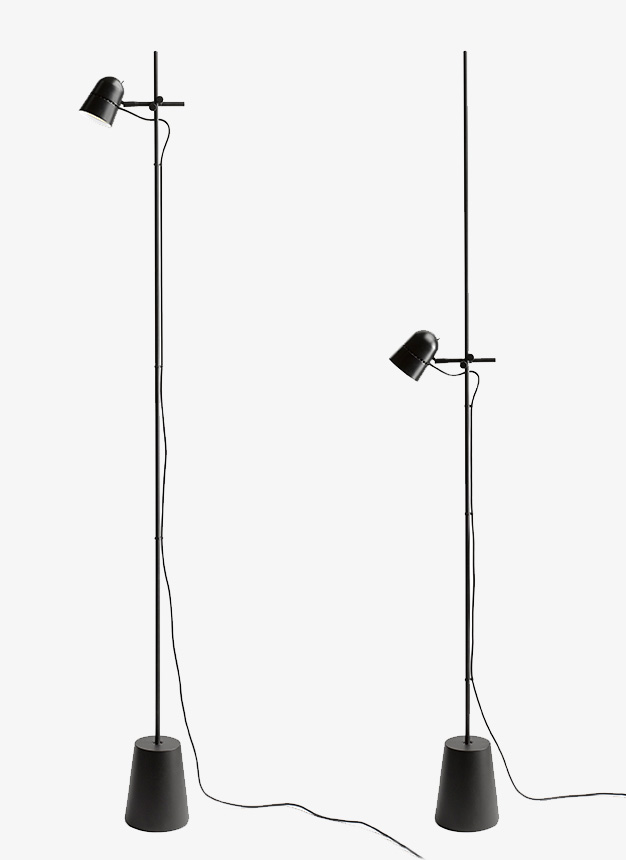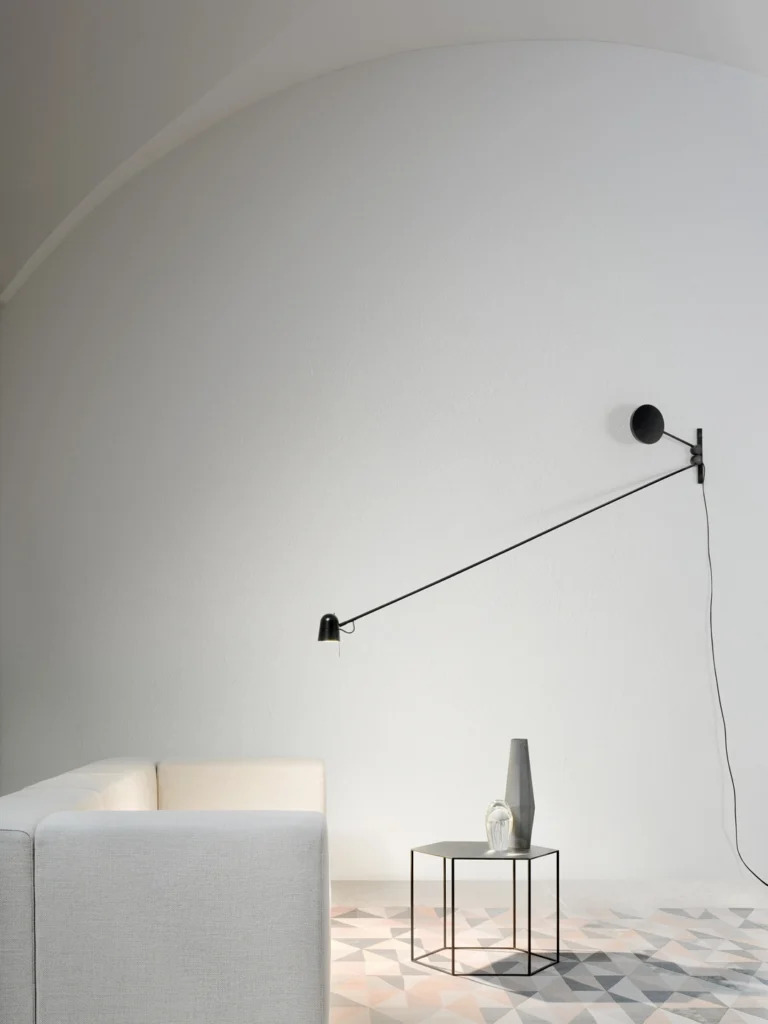AscentTable
designed by Daniel Rybakken
Intimate, conceptual, Ascent provides infinite shadings of light intensity, thanks to the very precise axial dimmer controlled by electronics mounted inside the shade. Circuits on the stem send input to a microprocessor that reacts to the vertical movement, adjusting light flow.
Sliding the reflector up and down the slender stem, you can turn the lamp on and off and adjust lighting intensity.
D78
Ascent with base

D78
Ascent with base
Main specifications
| Typology | Table | ||
|---|---|---|---|
| Application | Indoor | ||
| Material |
|
||
| Finishes |
|
||
| Dimensions (mm) | H 650, L 170, W 170, D head 90 | ||
| Weight (kg) | 1.77 | ||
| Light Source | 11W, 2700K, CRI 90 | ||
| Insulation Class | III |
D78pt
Ascent fixing pin

D78pt
Ascent fixing pin
Main specifications
| Typology | Table | ||
|---|---|---|---|
| Application | Indoor | ||
| Material |
|
||
| Finishes |
|
||
| Dimensions (mm) | H 650, D head 90 | ||
| Weight (kg) | 0.72 | ||
| Light Source | 11W, 2700K, CRI 90 | ||
| Insulation Class | III |
Get inspired













